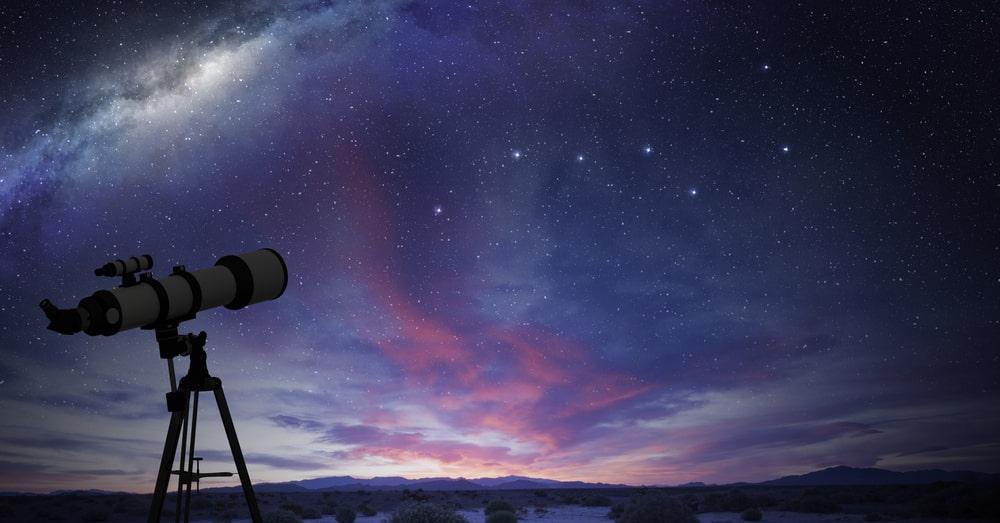The vast expanse of the cosmos has always intrigued and captivated humanity. The desire to explore and understand distant celestial objects has led to the invention of telescopes, which serve as portals to the wonders of the universe. Whether you are an amateur astronomer or a seasoned stargazer, choosing the perfect telescope can be a daunting task. This comprehensive guide will explore the essential factors to consider when selecting a telescope, empowering you to embark on an extraordinary journey through the cosmos.
1. Understanding Telescope Types
Telescopes come in various types, each designed to cater to specific astronomical observations. The three primary telescope types are refractors, reflectors, and compound telescopes.
a) Refractor Telescopes: Refractors use lenses to gather and focus light, providing crisp, clear images. They are low-maintenance and excellent for observing celestial objects like the Moon and planets. However, they may be limited in their ability to reveal faint deep-sky objects.
b) Reflector Telescopes: Reflectors use mirrors to capture and concentrate light. They often offer a larger aperture at a more affordable price, making them ideal for viewing deep-sky objects like galaxies and nebulae. However, they may require occasional realignment.
c) Compound Telescopes: Also known as catadioptric telescopes, compound telescopes combine lenses and mirrors to deliver versatility and portability. They are suitable for various celestial observations and are favoured by many astronomers.
2. Consider Aperture Size
The aperture size is a crucial factor to consider. It refers to the diameter of the primary lens or mirror and determines how much light the telescope can gather. A wider aperture allows more light to enter the telescope, resulting in brighter and more detailed images. A telescope with a larger aperture is recommended if you are interested in observing faint objects or fine details on planets.
3. Focal Length and Magnification
The focal length of a telescope determines its magnification capabilities. Telescopes with longer focal lengths provide higher magnification, allowing you to observe distant objects more closely. However, higher magnification may also result in a narrower field of view. A telescope with a shorter focal length and a wider field of view may be more suitable for general stargazing and exploring large celestial objects.
4. Mounts and Stability
Telescope mounts are essential for stability and ease of use during observations. They are classified into two types: altazimuth and equatorial.
a) Altazimuth Mounts: These mounts allow movement in vertical (altitude) and horizontal (azimuth) directions. They are simple to use and well-suited for beginners and terrestrial observations. However, they may not be ideal for tracking celestial objects as they move across the sky.
b) Equatorial Mounts: Equatorial mounts are designed to align with the Earth’s axis, allowing for smooth tracking of celestial objects as they appear to move across the sky. Experienced astronomers favor them for long-exposure astrophotography and precise observations.
5. Portability and Storage
Consider how portable and easy to set up the telescope is, especially if you plan to travel to different observation sites. Some telescopes are designed for easy assembly and disassembly, making them convenient for stargazing on the go. Additionally, consider the storage space available for your telescope when unused, as some models may be bulkier.
Conclusion
Selecting the perfect telescope requires careful consideration of various factors, including telescope type, aperture size, focal length, mount type, portability, and additional accessories. Each choice contributes to the overall astronomy experience, determining the range of celestial objects you can observe and the level of detail you can capture. Remember that the best telescope for you may depend on your specific interests, experience level, and budget. With this ultimate guide, you can make an informed decision and embark on an exciting journey to explore the wonders of the cosmos.

